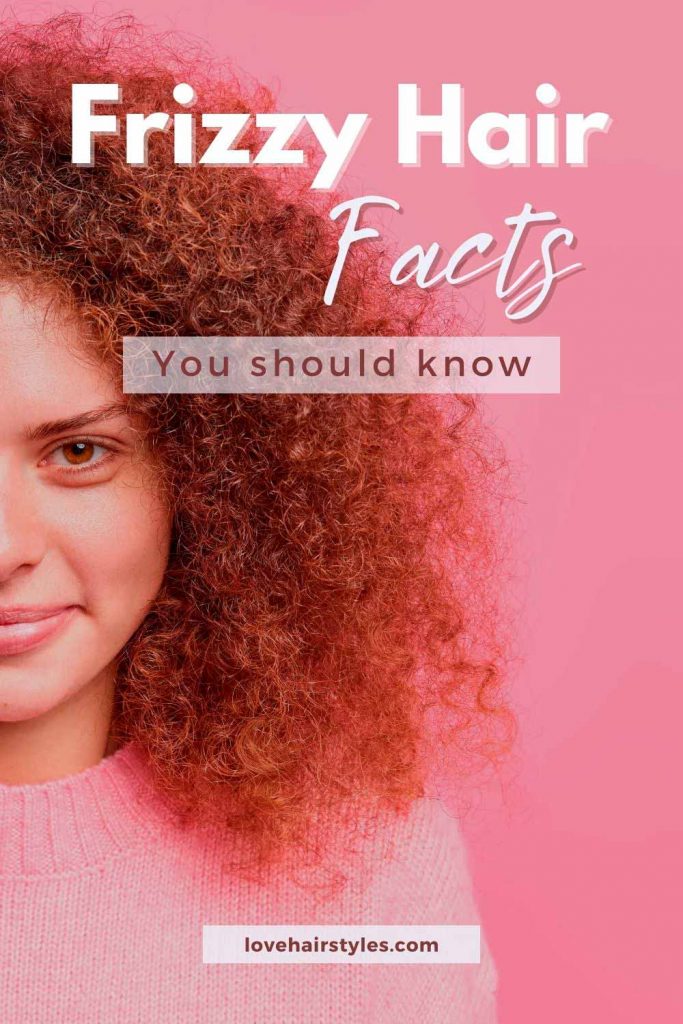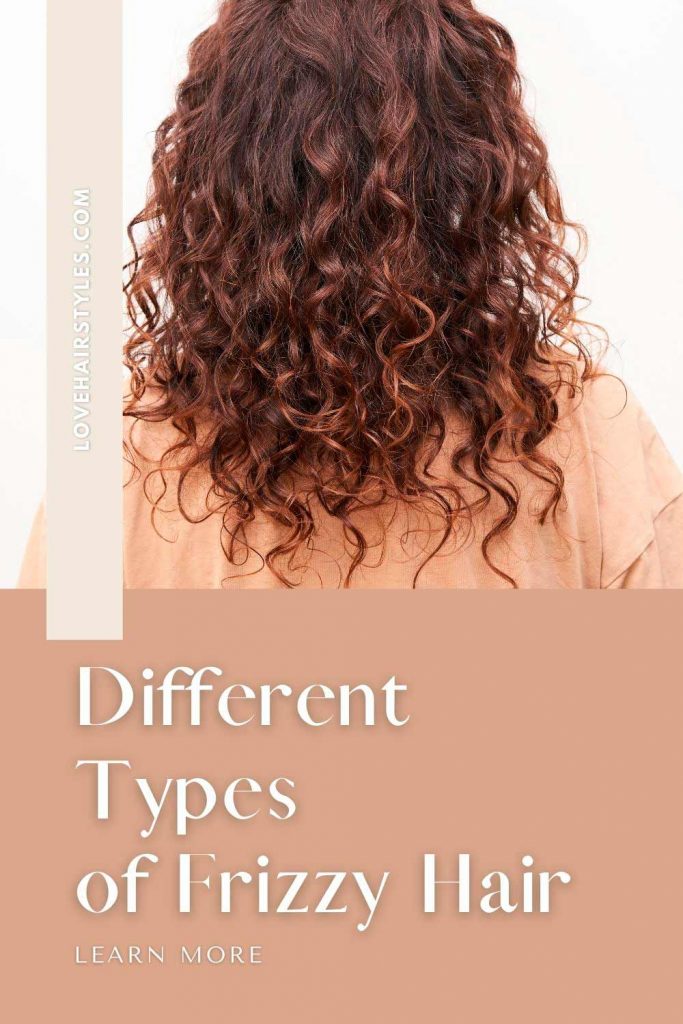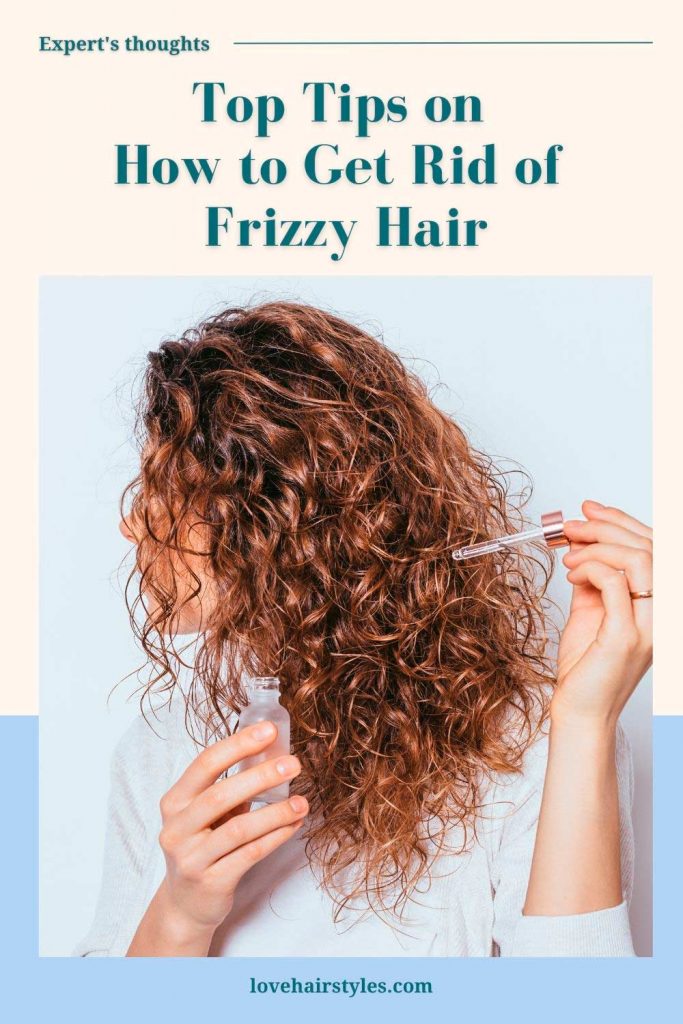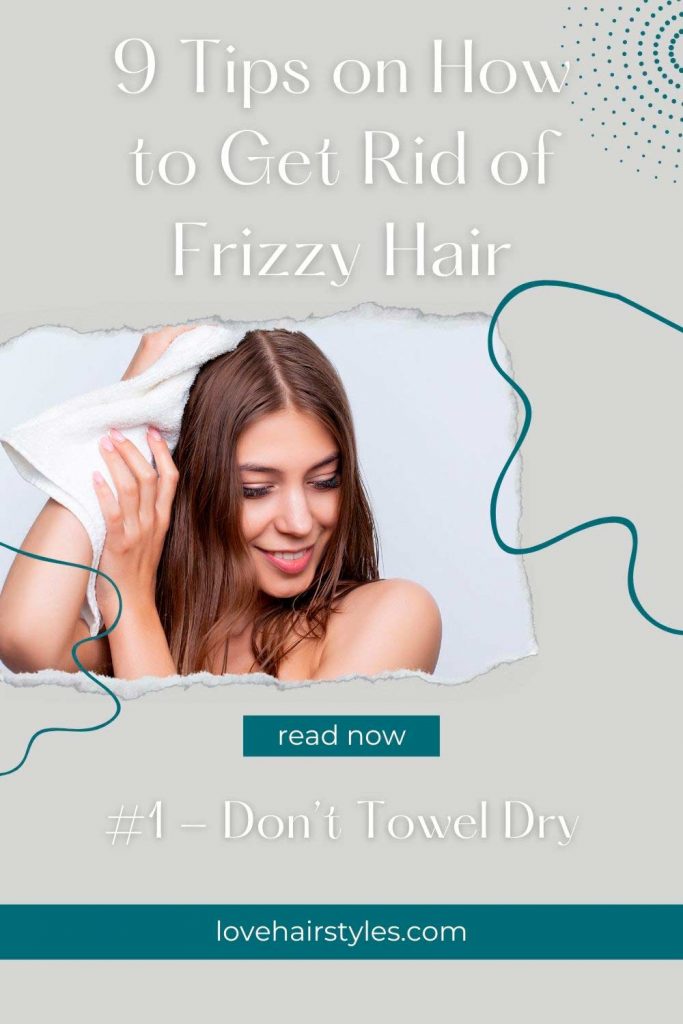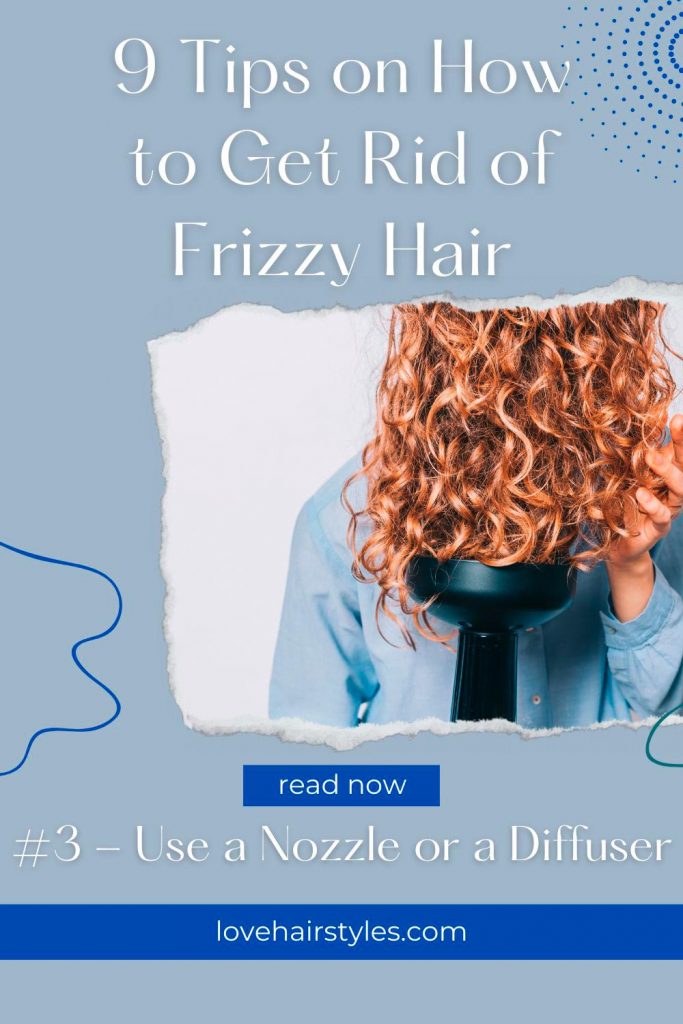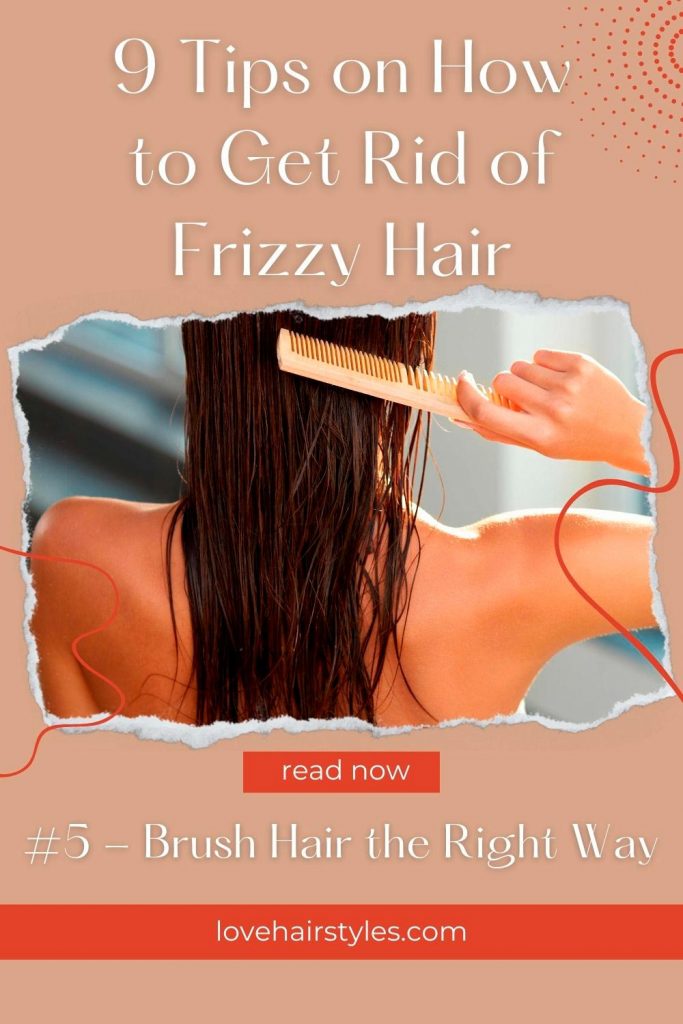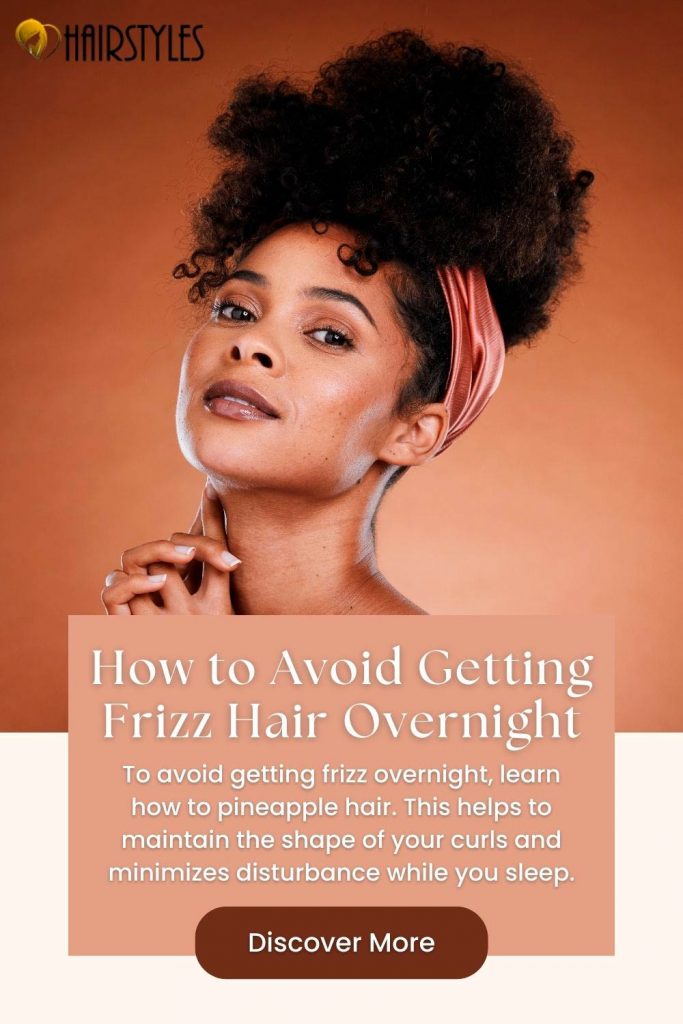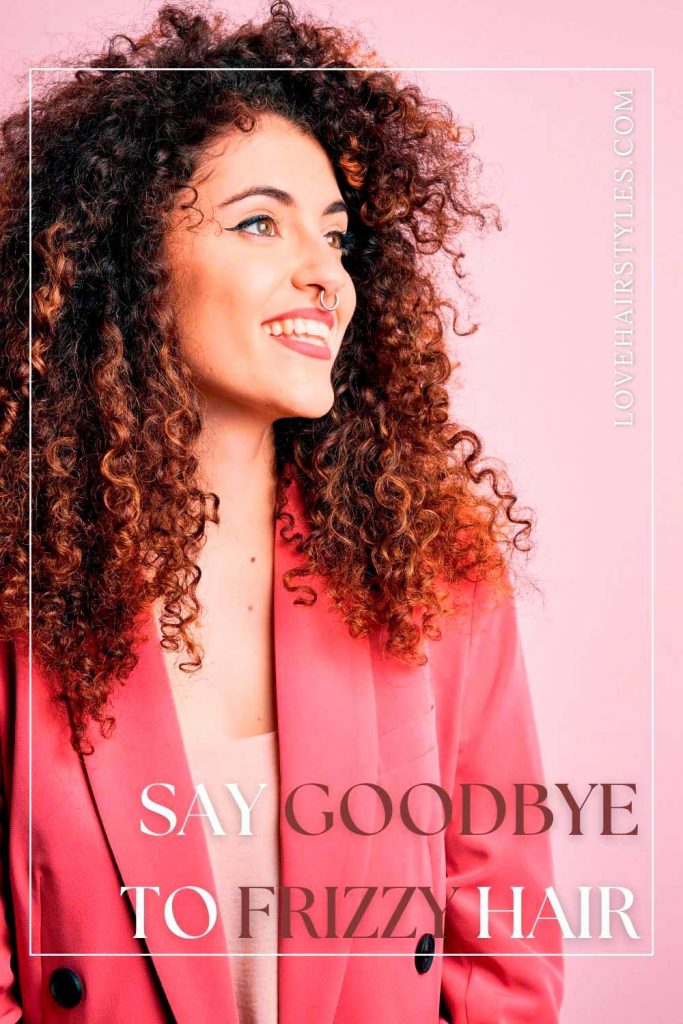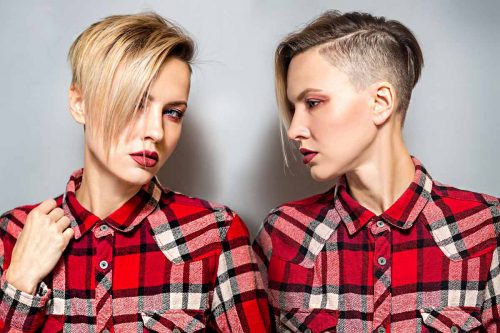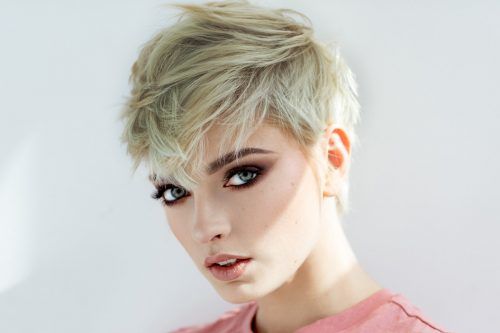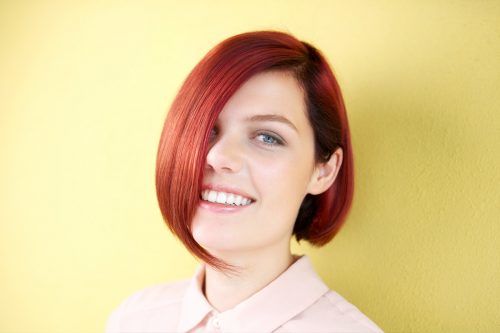Step into a world where frizzy hair becomes a thing of the past. Our comprehensive guide is your ticket to understanding the root causes of unruly locks and discovering proven methods to bid them farewell. From the effects of humidity to the perils of dryness and damaged strands, we've gathered invaluable insights and expert advice to empower you on your journey toward silky-smooth tresses. Say hello to a new era of confidence as you unlock the secrets to taming frizz, embracing gorgeous hair that radiates vitality and allure. Get ready to embark on a transformation that will leave you feeling empowered, beautiful, and in control of your mane.
*We may earn money from affiliate links on this page. Please check out our disclosure policy for more details.QUICK NAVIGATION
What Causes Frizzy Hair?
Credit photo: shutterstockBefore learning about frizzy hair treatment, let’s first identify what is frizzy hair and also discuss what causes frizzy hair in the first place. Frizz occurs when the hair cuticle, the outermost layer of the hair strand, becomes raised and allows moisture to penetrate, causing the hair to swell and appear frizzy. Frizz hair can be caused by a combination of factors:
-
It could be a natural hair texture for some as people with curly or wavy hair are prone to more frizz due to the structure of their hair strands. Curly and wavy hair tends to be drier because the natural oils produced by the scalp have a harder time travelling down the hair shaft, making the hair more susceptible to frizz.
-
Humidity: Moisture in the air, especially high humidity, can cause the hair to absorb excess moisture, leading to frizz. When the hair absorbs moisture, the hair cuticle swells and lifts, resulting in a frizzy appearance.
-
Lack of Moisture: Dry or dehydrated hair is more prone to frizz. When the hair lacks moisture, the cuticle becomes rough and raised, making it easier for moisture from the environment to penetrate the hair shaft and cause frizz.
-
Damaged Hair: Hair that is damaged from heat styling, chemical treatments, excessive brushing, or environmental factors can be more prone to frizz. Damaged hair has a compromised cuticle, which makes it harder for the hair to retain moisture and maintain a smooth appearance.
-
Incorrect Hair Care Routine: Using harsh or drying hair care products, such as sulphates in shampoos, can strip the hair of its natural oils and contribute to frizz.
-
Overwashing the hair, using hot water, and vigorous towel drying can also exacerbate frizz.
-
Styling Techniques: Certain styling techniques, such as using high heat from hair dryers, straighteners, or curling irons, can cause moisture to evaporate from the hair, leading to frizz. Roughly towel-drying the hair or brushing it vigorously can also create frizz by disturbing the hair cuticle.
Different Types of Frizzy Hair
Credit photo: shutterstockKnowing the various hair types chart is very essential when it comes to frizzy hair treatment. This is because the type of hair texture would determine the type of approach to take to treat it. The most common type of frizz is curly hair frizz which makes the hair appear fuzzy and a little all over the place. As we also know that frizz can be caused by a lot of factors, it may also appear in different areas of your hair. A few types of frizzy hair include
-
Puffball frizz - your hair appears like a puffball
-
Halo frizz - this one appears on the top of your hair
-
Frizzy ends - here the frizz is located at the tip of your hair strands
-
Surface frizz - here the frizz only appears at the surface of your hair as underneath it is free of frizz.
Top Tips on How to Get Rid of Frizzy Hair
Credit photo: shutterstockIf you’re wondering how to get rid of frizzy hair, Hair expert, Antonina Ilchenko (known as Tonyastylist) shared her thoughts below. She said to make your hair less frizzy, follow these rules:
Wash your hair with warm or slightly cool water. Use leave-in conditioners for the first step of styling. For porous (frizzy) hair, creams or serums are best. They fill the hair and make it respond less to moisture. For maximum effect, use a natural bristle brush to help smooth the hair structure, close the scales and add shine to your hair.
To not only smooth the hair but also to fix the result and protect it from humidity during the day, use smoothing sprays. These sprays should also be applied to wet hair but after the cream. The important thing is that this type of product is heat-activated, so you should blow-dry your hair with hot air.
In addition, it is very important to dry your hair properly with a hair dryer. Dry your hair from top to bottom to further smooth out the frizz. Hair should be polished tangentially with a stream of air, then it will look smooth, and shiny and will not be unnecessarily frizzy and electrifying.
Read further to find out more detailed information on the tips.
Don’t Towel Dry
Credit photo: shutterstockThe first thing to note when learning how to fix frizzy hair is that do not towel dry your hair. Traditional towels, especially those with a rough texture, can cause friction and roughen the hair cuticle, leading to frizz. Instead, opt for a microfiber towel or a soft, cotton T-shirt to blot excess moisture from your hair. These materials are gentler on the hair and can help reduce frizz. When you learn how to plop hair, you’re advised to make use of a t-shirt, a micro fibre towel or a pillowcase. This is because using cotton cloth helps your hair to be less frizzy.
Turn Down the Heat
While you’re wondering why is my hair so frizzy, the cause could be because of the amount of heat invested in your hair. Curly hair cutting from heat styling tools like flat irons, curling irons, and blow dryers can strip moisture from the hair, leading to frizz. Minimize the use of heat styling or opt for heat-protectant sprays or serums before styling to create a barrier between your hair and the heat.
Use a Nozzle or a Diffuser
Credit photo: shutterstockInstead of using a blow dryer, allow your hair to air dry whenever possible. If you prefer to use the best hair dryer, attach a diffuser to help distribute the airflow evenly and minimize frizz. Avoid rubbing your hair vigorously with a towel; instead, gently squeeze or blot the excess moisture.
Invest in Keratin Treatment
One of the well-known hair facts and myths is that a keratin treatment helps to eliminate frizz, reduce curls, and create a sleeker and more manageable hairstyle. This treatment is a professional hair-smoothing treatment that can last for several weeks to a few months, depending on your hair type, after which the effects gradually fade. It's important to follow the stylist's aftercare instructions and use sulphate-free shampoos and conditioners to maintain your hair texture.
Brush Hair the Right Way
Credit photo: shutterstockBrushing your hair properly can play a significant role in discovering how to stop frizzy hair. Dry hair is more prone to breakage and frizz. If possible, brush your hair when it is slightly damp or use a leave-in conditioner or a detangling spray to make it easier to comb through. This can help reduce frizz and prevent unnecessary damage. Start brushing your hair from the ends and gradually work your way up to the roots. This approach prevents pulling on the hair and minimizes the risk of causing damage or frizz.
Use the Right Shampoo & Conditioner
One of the treatments for frizzy hair is using the best shampoo and conditioner specifically designed for frizzy hair or ones that are sulphate-free. This is because they are one of the best foods for healthy hair and help to keep your hair hydrated. You can also make use of a deep conditioner as regular deep conditioning treatments can provide intense hydration to your hair. Apply a deep conditioner or hair mask once a week to replenish moisture and smooth the hair cuticle. Leave it on for the recommended time and rinse thoroughly for best results.
Avoid Getting Frizz Overnight
Credit photo: shutterstockTo avoid getting frizz overnight, learn how to pineapple hair. Pineapple hair is a technique commonly used by people with curly or wavy hair to preserve their curls and minimize frizz. To pineapple your hair, gather your hair loosely at the top of your head and secure it with a soft scrunchie or silk hair tie. This helps to maintain the shape of your curls and minimizes disturbance while you sleep. You should also use a silk or satin bonnet or scarf and swap your cotton pillowcase for a silk or satin one.
Hot Oil Massage
Oils are perfect vitamins for hair, A heat oil massage is a beneficial treatment for frizzy hair as it helps nourish and moisturize the hair strands, promoting smoother and healthier-looking hair. Performing a heat oil massage regularly, once or twice a week, can help improve the moisture balance of your hair, reduce frizz, and promote overall hair health.
Embrace the Frizz
Remember, managing frizz is an ongoing process, and it may take some trial and error to find the techniques and products that work best for your hair. Embrace your hair's natural texture and be patient as you discover what methods help you achieve the desired results.
Credit photo: shutterstockFAQ
Is it OK for your hair to be frizzy?
: Yes, it is absolutely okay to have frizzy hair. Hair texture and type can vary widely from person to person, and frizz is a natural characteristic that many people have. If you have frizzy hair and wish to manage or reduce frizz, there are several techniques and products available that can help.
Frizzy hair can be a frustrating and common issue that many people face. It is primarily caused by a lack of moisture in the hair, which leads to the cuticles becoming raised and allowing humidity to penetrate the hair shaft. Other factors like genetics, heat styling, chemical treatments, and environmental conditions can also contribute to frizz. Fortunately, there are several tips and techniques to help manage and reduce frizz and this article best highlights them all. From conditioning regularly to limiting heat styling and embracing air drying methods, frizz and further damage to the hair can be altogether avoided.
REFERENCES:Was this article helpful?




